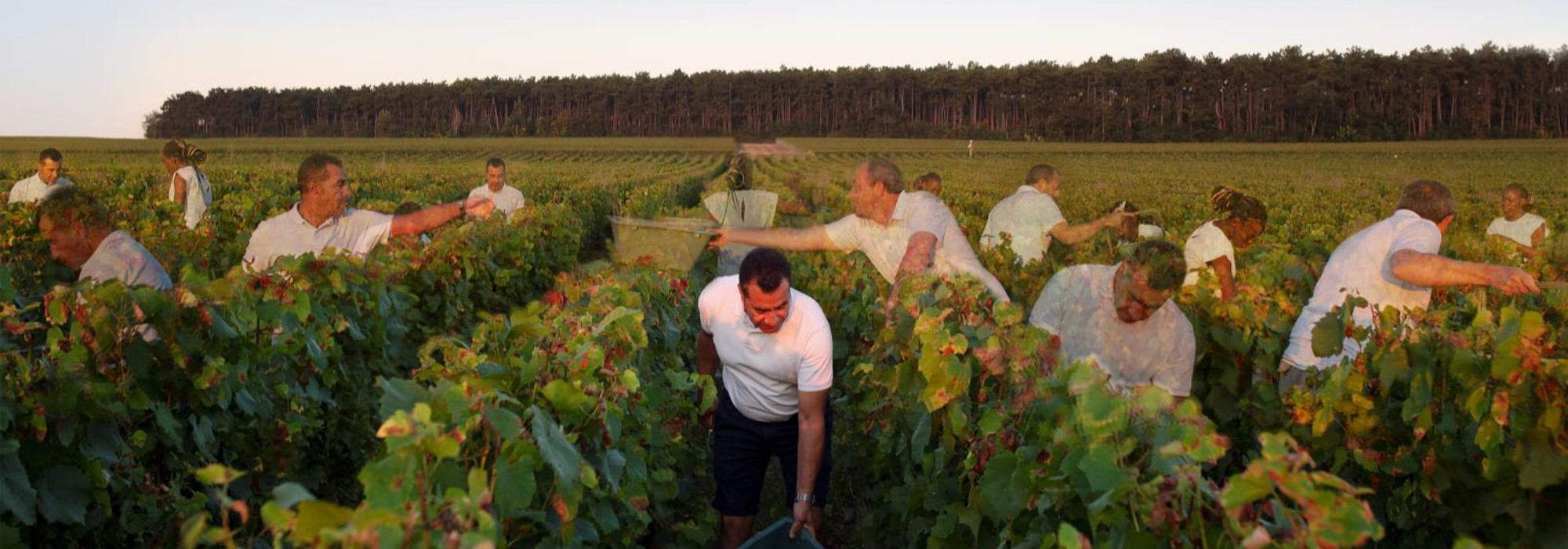In 2021, the Maison Ruinart Prize was awarded to Congolese photographer Gosette Lubondo. Given by Maison Ruinart in partnership with the Picto Foundation, this prize celebrates an emerging photographer selected from the “Curiosa” section of Paris.
Gosette Lubondo’s work was a reflection on memory, heritage, and time. The pieces produced during her residency were born from her encounter with the different places involved in the champagne making process. She was struck by the traces of history and time: the imprint of repeated pickaxe blows on the walls of the chalk crayères and the survival of ancestral winemaking know-how. Although the methods have been modernised, the process has remained fundamentally unchanged for three centuries; a process that relies on human hands and expert, ancestral gestures. True to her artistic style, Gosette involved herself in these rituals, a way of representing her own encounter with a universe previously unknown to her.
The exhibition was presented in the Ruinart Lounge on Fort Island.
Find out more about Maison Ruinart.





